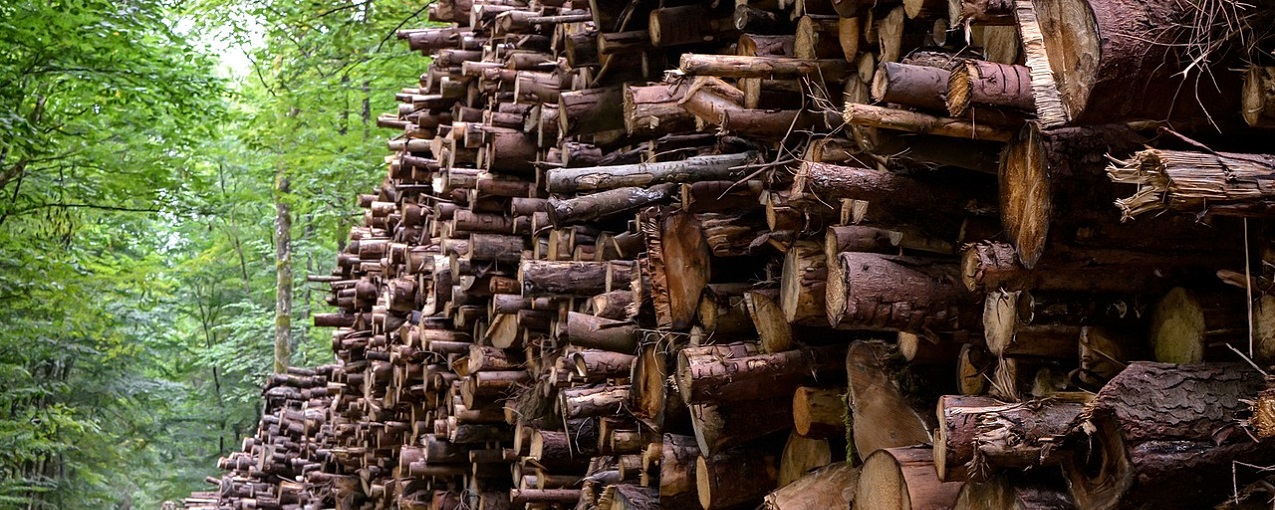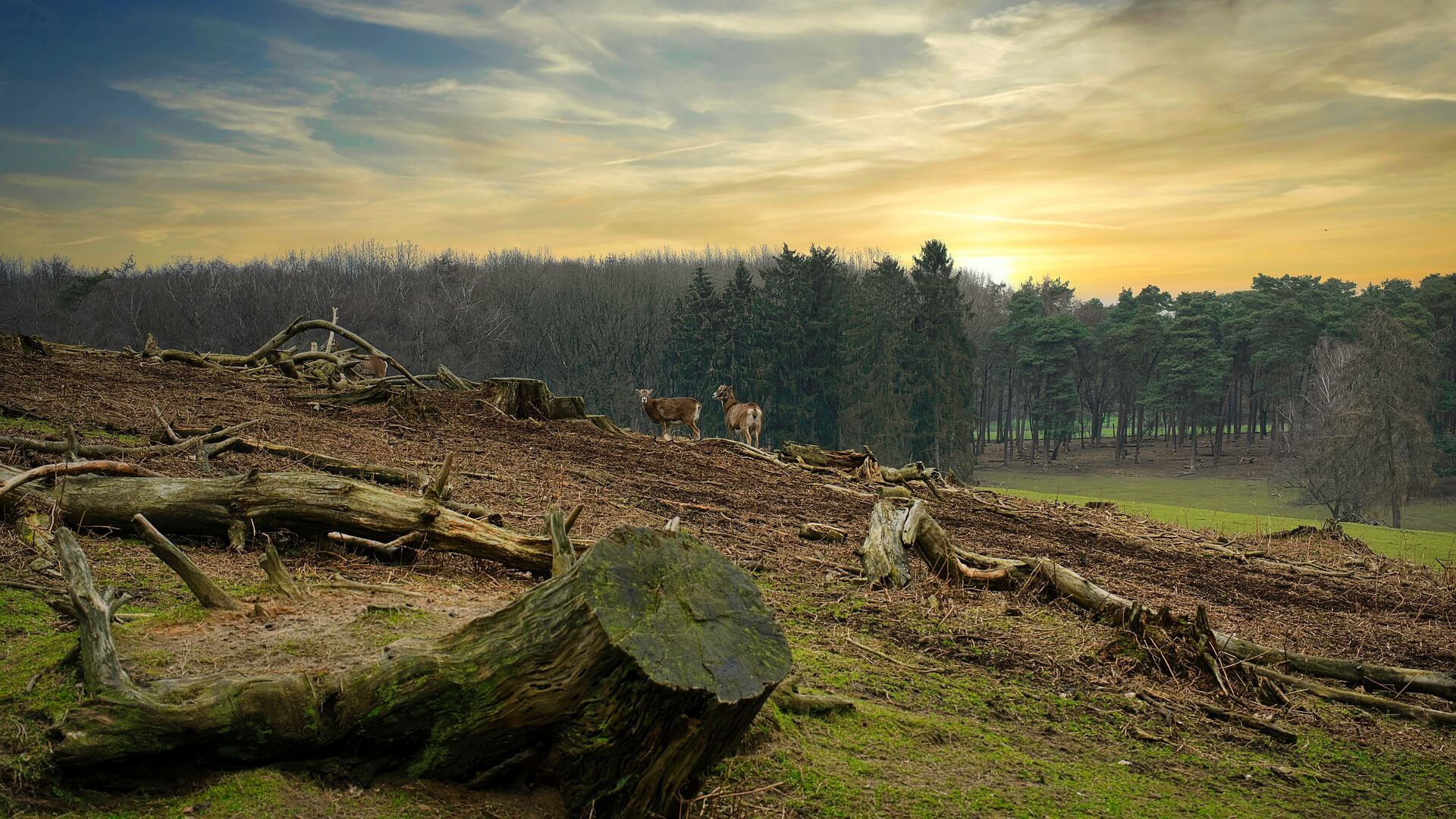Forestry
Sustainably managed forests are a central part of circular solutions and the green transition. But how do we ensure that forestry solutions contribute optimally to the green transition and the fight against climate change? This is what our research network "Forestry Solutions to Climate Change" investigates.

Forests are a fantastic tool for absorbing and storing CO2. For every hectare of forest planted, an average of about 10 tons of CO2 can be absorbed per year over time. This corresponds to the emissions from two Danes.
About 15 percent of Denmark's area is currently forest, but the goal is to reach between 20 and 25 percent by the year 2100.
Sustainably managed forests are central as part of circular solutions and the green transition. But how do we ensure that forestry solutions contribute optimally to the green transition and the fight against climate change?
Forestry as a green solution
Forests and forestry can be part of the green transition in several different ways:
Trees in the forest: How do the adaptation, resilience, and carbon uptake of trees develop—also under climate change? What is the interaction between different species of trees? And how do forests develop in the transition between land and city? These are questions that are essential for both existing forests and future forest planting.

Products from the forest: How do we create sustainable wood and biomass production, extraction and certification, and transparent supply chains from tree to end-product?
Societal Effects of Trees: There are numerous societal interests, ideological and cultural perceptions at play when it comes to forests and trees. Forests contribute to several ecosystem services that are important to society, e.g. recreation, biodiversity conservation and groundwater protection. These affect both the potential for forest planting and how we should manage forests.
KU's approach to forestry solutions
For forestry to become an effective part of the solutions in the green transition, there is a need for collaboration and practical implementation with landowners, forest managers, investors, and users.
There is a need for collaboration and practical implementation with landowners, forest managers, investors, and users.
There is an urgent need for knowledge and long-term perspectives. The research network "Forestry Solutions to Climate Change" addresses the need for interdisciplinary and cross-sectoral research at the interface between trees, forests, products, ecosystem services, and society.
Researchers in the network
| Vivian Kvist Johannsen | Department of Geosciences and Natural Resource Management | Faculty of Science |
| Bo Fritzbøger | The Saxo Institute |
Faculty of Humanities |
| Department of Geosciences and Natural Resource Management |
Faculty of Science | |
| Thomas Nord Larsen | Department of Geosciences and Natural Resource Management |
Faculty of Science |
| Thomas Lundhede | Department of Geosciences and Natural Resource Management |
Faculty of Science |
| Niclas Scott Bentsen | Department of Geosciences and Natural Resource Management |
Faculty of Science |
